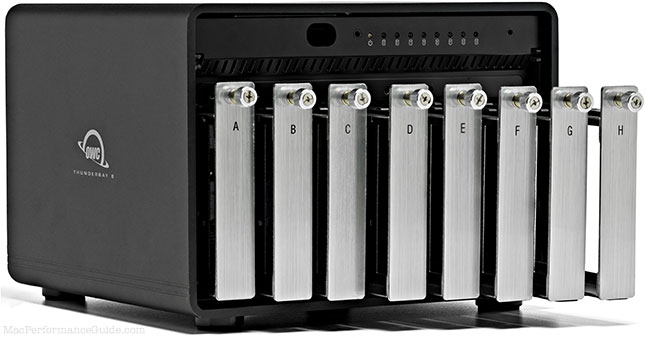
$220 SAVE $130 = 37.0% Western Digital 16.0TB Western Digital Ultrastar DC HC550 3.5-in… in Storage: Hard Drives
|

|

|

|

|

|
Zeiss 21/2.8 Distagon vs Leica 19/2.8 Elmarit-R
Related: field curvature, How-To, Leica 19mm f/2.8 Elmarit-R, Leica Elmarit and Elmar, Leica Elmarit-R and Elmar-R, Leica Lenses, Leica R lenses, Zeiss, Zeiss 21mm f/2.8 Distagon, Zeiss Distagon, Zeiss DSLR Lenses, Zeiss Lenses
What's the largest size print you would be willing to to hang in a gallery when using the Nikon D3X and the new Zeiss lenses? I very much love the way Leica lenses render vs the more clinical Zeiss glass. Unfortunately, it seems the latest version Leica R 19mm has poor corners on FF cameras. Would you still make a 30 x 45 print if you used the Leica 19mm Elmarit-R instead of the Zeiss 21mm Distagon? Is there a software fix for the corner blur/aberrations? Or, is the corner performance too poor for such an enlargement?. — Nestor P
The subject matter determines everything. A strong image is a strong image.
In spring 2009, I viewed some unusually large Ansel Adams prints at the Adams residence — prints over a meter wide, some much larger. Guess what? To my surprise, they weren't particularly sharp when viewed from even a moderate distance. The images succeed because they are well composed, compelling subjects.
With the Nikon D3x, a strong image which is technically well executed should hold up nicely to 45 X 30 inches (1.1 meter wide). Such a print should be viewed from at least three feet way; peering at it from a close distance is of course going to find sharpness "lacking". A really strong image will succeed at any size.
The trick in a few cases is that an image is entirely about the details. In such cases every camera has its limits, but top optics extend those limits, especially in difficult lighting.
Leica vs Zeiss—
Every lens has its own character, and "draws" differently— the transition from sharp to unsharp is what makes the lens connoisseur drool over certain lenses. An artist with an exceedingly strong vision might reject the "best" lens for such a reason, choosing another that might be less sharp in various areas, such as the corners. Stopping down to f/8 or f/11 diminishes such differences as more and more of the image becomes "sharp", assuming there is no overtly ugly bokeh as is observed in some lenses when stopped down. There is also the issue of color rendition (including off-axis color casts), and the ability to hold shadow and highlight detail.
I wouldn't characterize the Zeiss ZF rendition as "clinical", but everyone's opinion counts here, and we're talking about art, so it's fair game. My Zeiss ZF Lenses guide provides numerous high-resolution examples for one to assess in that regard). I have no experience with the Leica 19mm, but to be fair, a 19mm lens is a significantly more difficult optical challenge than a 21mm lens.
In terms of brilliance and sharpness, both Leica and Zeiss offerings can be expected to produce outstanding results. The concept of "brilliance" can only be truly understood by viewing real field images under varying conditions.
MTF assessment
The difference I see in examining the MTF charts for the Leica 19/2.8 versus the MTF charts for the Zeiss ZF 21/2.8 Distagon is that the Zeiss offers consistent performance across the frame even wide open (confirmed by numerous field shots). In general, the Zeiss 21mm is going to behave more as most photographers expect due to its uniform sharpness across the frame, which makes it a more versatile lens.
The Leica 19mm has a "wave" in its MTF likely the result of field curvature, meaning that it will be slightly "soft" in some areas when shooting a planar (flat) subject. Controlled testing I've previously done confirms that even much less pronounced variation in the MTF curve is readily visible on planar targets. This is much of an issue with film, which had substantial thickness, but it is a real concern with digital. And indeed sharpness of the Leica 19mm Elmarit-R in the extreme corners does plummet.
Are the corners really poor, or is it field curvature? I couldn't give an answer without seeing the image. The MTF curve for the Leica 19mm Elmarit-R looks like it might have a "wave" of sharpness due to field curvature. By comparison, the Zeiss 21mm f/2.8 Distagon has quite even performance across the frame. With the Leica 19mm, the extreme corners do plummet in MTF (sharpness), whereas the ZF 21mm f/2.8 Distagon is sharp for all but the tiniest last bit. Such is life with wide angle lenses, and a 19mm lens is quite a bit wider than a 21mm.
Blur correction
A software program such as DXO Optics Pro might be able to correct corner blur, but it requires a camera+lens profile to do so. I don't expect to see the Leica 19mm Elmarit-R show up in the DXO database; it's just too rare a lens and it's not native to Canon or Nikon.
Alternatives
For really large prints, consider stitching more than one frame together. Some 45megapixel examples are shown in DAP for the Nikon D3x.
Eight-bay Thunderbolt 3 high-performance storage for photo and video.
Hard drives or SSDs.
Non-RAID or RAID-0/1/4/5/10.
Capacities up to 144 Terabytes!
See also
- Wide angle lens quality
- Brand-new Blur
- Zeiss ZF Lenses — in-depth review and user's guide for all 9 lenses
Seagate 22TB IronWolf Pro 7200 rpm SATA III 3.5" Internal NAS HDD (CMR)
SAVE $100

















